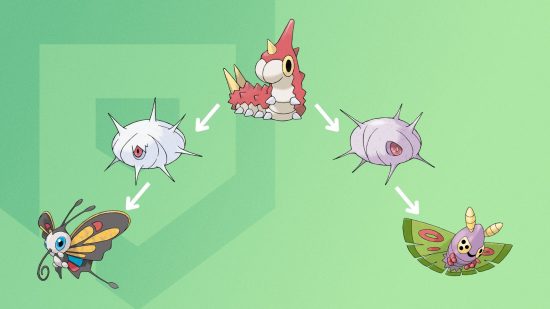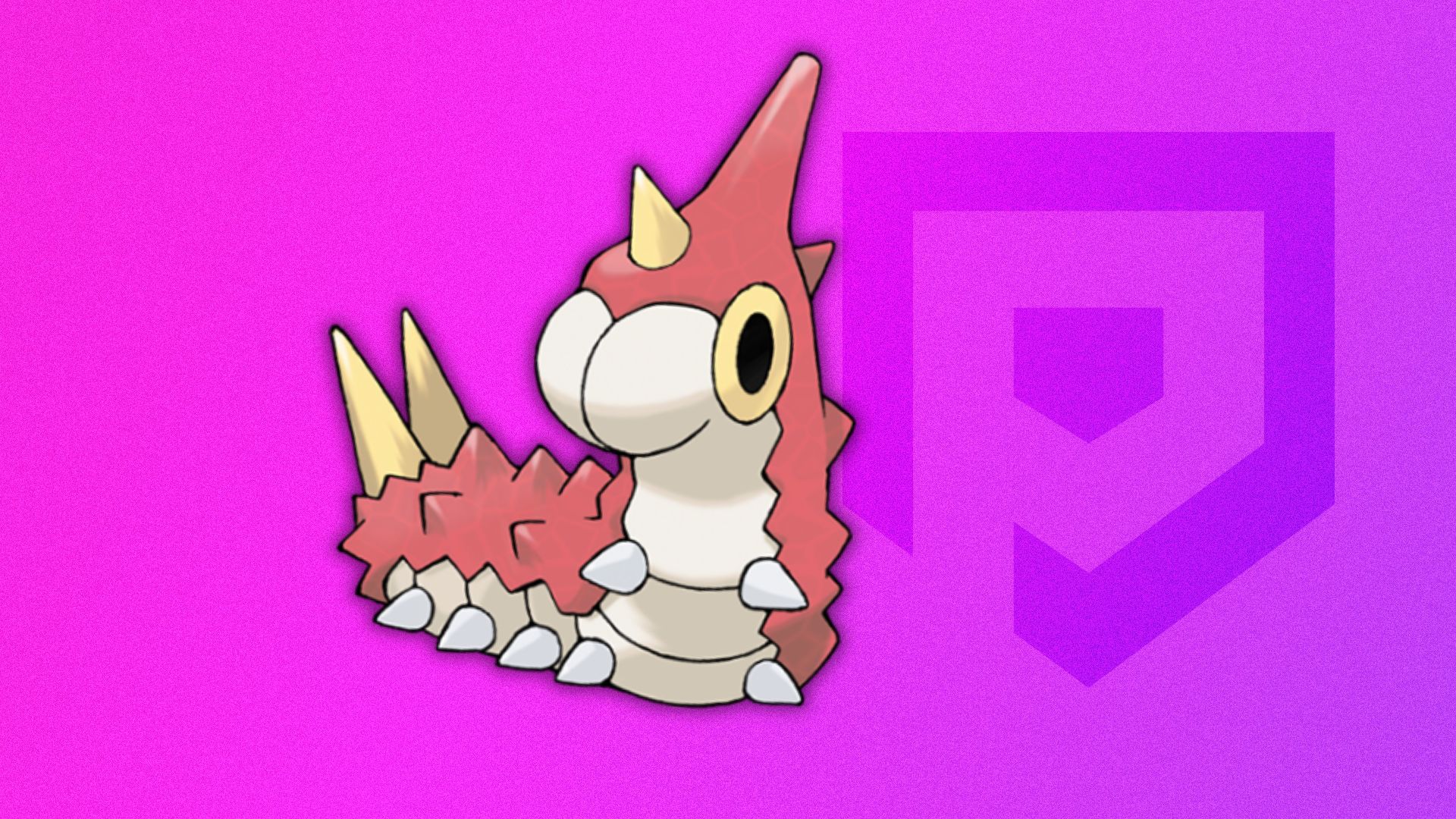Interested in Wurmple’s metamorphosis paths? This guide covers all stages of its transformation. Though resembling a simple caterpillar, Wurmple branches into two distinct evolutionary lines: one leading to a graceful butterfly and the other to a nocturnal moth. Both transformations occur through straightforward processes we’ll detail below.
Wurmple Habitat Locations
Capturing Wurmple is your first step. Common in early-game areas across multiple regions, here’s where to find them in recent Nintendo titles:
- Legends: Arceus – Obsidian Fieldlands (Aspiration Hill, Floaro Gardens, The Heartwood) during exploration or mass outbreaks
- Pokémon BDSP – Multiple routes (205-222), Grand Underground habitats (Grassland Cave, Sunlit Cavern), and Honey Tree areas

Evolution Mechanics Explained
Wurmple’s developmental pathways split at its first evolution:
- Stage 1: Wurmple → Cascoon (Level 7)
- Stage 1: Wurmple → Silcoon (Level 7)
- Stage 2: Cascoon → Dustox (Level 10)
- Stage 2: Silcoon → Beautifly (Level 10)
The initial cocoon stage is randomly determined by hidden game code parameters. While trainers can’t influence this outcome directly, frequent encounters make obtaining both forms achievable through repeated evolution attempts.
Finding Cocoon Forms
For trainers seeking evolved forms directly:
- Silcoon Locations:
- Daytime Spawns: Legends: Arceus (Floaro Gardens, Horseshoe Plains)
- Brilliant Diamond Exclusives: Routes 205-222, Grand Underground biomes
- Cascoon Habitats:
- Night Encounters: Legends: Arceus (Floaro Gardens after dark)
- Shining Pearl Exclusives: Matching routes to Silcoon locations, but version-locked




Mobile Evolution Requirements
Pokémon Go Evolution: Accumulate 12 Wurmple Candies for initial evolution, followed by 50 candies to reach final forms. Regular wild spawns facilitate candy collection for persistent trainers.

